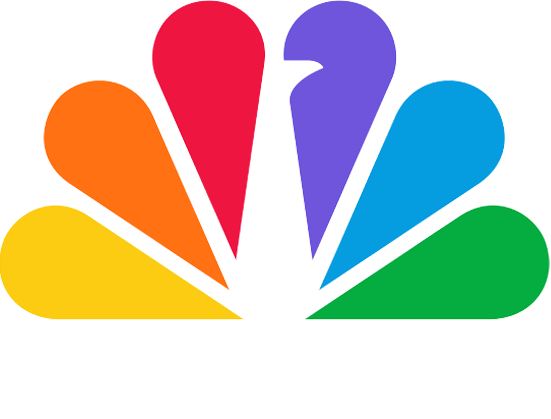The following is the unofficial transcript of a CNBC interview with the Small Business Administration’s Isabella Guzman from the CNBC Small Business Playbook event, which took place today, Wednesday, August 11th. All references must be sourced to the CNBC Small Business Playbook event.
Kate Rogers: Administrator, thank you so much for joining us today. It’s great to see you.
Administrator Isabella Guzman: You as well. It’s my pleasure to be here.
Rogers: So this is a really key time for small businesses, so many of them making a comeback after a really challenging year. I know you’ve been traveling around the country meeting with small business owners. What are their biggest headwinds and concerns right now?
Administrator Guzman: Yeah, so visiting with businesses across the country, really understanding what their challenges are has really made us more aware that now still, they need our support. They need continued relief efforts as well as access to capital and markets to continue to power through this recovery. There’s optimism broadly, but still some concerns, especially with the Delta variant that there are uncertainties on the horizon that could limit their recovery and resuming of revenues, which is, you know, why we’ve been so focused on trying to continue to get out billions of dollars in relief to our small businesses and position the SBA to be part of their team to support them.
Rogers: So the COVID-19 relief programs were very helpful to the businesses that were able to access aid. Now that they’ve been tapped, I’m curious if you could walk our viewers through some of the other forms of credit and aid that are available through the SBA for them to tap into today.
Administrator Guzman: Yes, the American Rescue Plan, of course, made available some really key programs. Some of them remained, including the Shuttered Venues Operator Grant program, which is made to support our stages, our museums, our theaters that have really been highly impacted during COVID. In addition, though, we still have the COVID EIDL program. It’s both a loan program as well as an advanced grant program for those hardest hit low-income businesses. COVID EIDL is a loan product that’s really a patient, affordable product that has low interest fixed and long terms that allow for businesses to position themselves with capital to take advantage of some of the growth opportunities on the horizon, or just position their businesses to recover post-COVID. So we’re thrilled about this program’s availability and trying to ensure that it is streamlined and accessible to more businesses as we look to support them during this time.
Rogers: Let’s talk about new entrepreneurs. We see new business starts coming up, people perhaps left jobs, reassessed their careers over the last year and might want to try something new. What resources are out there from the SBA to help new entrepreneurs get their ideas off the ground?
Administrator Guzman: I always say that small businesses need a team around them to support them, and that the SBA is here to help and be a part of that team. Of course, we always have strong entrepreneurial supports that are available to small businesses to give them advice as they pursue their journey of starting up a business. And that’s through our resource partners and district offices across the country. But in addition, there are programs to help position businesses for success. One, of course, is market access, making sure that they’re ready to access global markets or supply chains, federal contracting, etc. In addition, capital, of course, is the link to that opportunity. And so the SBA’s core programs are available through our lending products, as well as investments and grant opportunities. I think it’s less known that the SBA powers the small business investment companies that invest in small businesses. And we’re looking through the President’s Build Back Better agenda to create new SBIC programs, as we call them for venture and micro, as we look to power this next recovery phase and business opportunity. In addition, the federal government powers grants through the Small Business Innovation Research grants and the SBA, it aims to connect those startups who have great ideas who potentially could be funded by the federal government for core R&D as they look to commercialize and build a business. You know, regardless to say that Small Business Administration is here with a host of services for both startups, innovative, technology, science based startups, as well as small businesses from Main Street to manufacturing, with core programs around capital market access and networks to build your team.
Rogers: I know you mentioned a lot of the optimism and headwinds that are out there for current businesses that are already up and running and perhaps weathered the storm of the last year. What would you say is the biggest challenge for new entrepreneurs today? Is it access to capital?
Administrator Guzman: I think it’s challenging always for access to capital and what we found, especially during COVID, is that women and people of color are oftentimes faced with more intense challenges and trying to access those resources to either position their businesses for recovery or start up. And so the SBA is really committed to trying to design, build programs that can better support all of our entrepreneurs, because we know that ideas come from everywhere and anywhere, as President Biden says. And so we know that, you know, with SBA’s programs across its lending portfolio, we need to make sure that we’re meeting businesses where they are, taking into account the challenges that they’ve had to overcome over the past year and a half, and be ready with programs that can serve them today.
Rogers: And to build on that, we saw a ton of focus, particularly after the first iteration of PPP last spring on equitable access for all small businesses. What are you doing at the agency to ensure that happens from the top down?
Administrator Guzman: I asked my team to be as entrepreneurial as the small businesses we serve. And above all, and what I learned growing up in a small business family and starting businesses and working with founders is that the customer and the marketplace and understanding your customers needs are the most dominant issues that will lead to your survival. And so for the SBA, our customers, we need to make sure that we are being customer-centric, and serving our businesses. That means there’s a changing face of entrepreneurship with women and people of color starting businesses at such high rates, as well as a need for our all of us to better serve those businesses, connect them to resources. And not only position those resources for recovery long term, but actually creating a network of community navigators as funded through the American Rescue Plan, to better connect businesses on the ground through trusted partners to SBA’s offerings. So we know that, you know, if we continue to build up programs that are more customer-first, that we’ll be able to better serve all businesses. In addition, though, since businesses adopted technology at high rates, I’m asking us to all always think of our programs and implement them with technology in mind. That’s going to help us meet businesses where they are, but also make sure that we can meet our scale. We’ve scaled from a 40 billion portfolio to over a trillion dollars in relief during COVID. And so we need to make sure we’re leveraging technology. And then above all, of course, operating from the lens of equity when we design and do outreach and implement our programs.
Rogers: So many small business owners right now are facing labor headwinds. They’re finding it challenging to get out there and add the workers that they need to continue to grow. Are you concerned at all that that could potentially stifle some of the small business growth that we’ve seen over the last few years?
Administrator Guzman: In my travels and talking to small businesses, it’s definitely been a challenge for many of them to define the workforce that they need to recover. And so they’ve had to be creative, in some cases, using the relief that the SBA has provided or accessing capital to carry them through this challenging time and make sure that they can get the workforce at competitive wages is important. But I think above all, and in talking to people what they’re letting me know as well is that there’s still concerns about COVID, especially with the Delta variant. And so the Administration is really focused on making sure that we continue to fight COVID and that we get shots in arms. And I’m sharing the message that through the American Rescue Plan, businesses, who are leaders in their community oftentimes, are able to give their employees time off to go get vaccinated and recover and access the tax credit, especially for them as built into the American Rescue Plan. So I think that, you know, that, above all, is what they’re concerned with. They want their Main Streets and their business centers to return to normal and that means we have to fight the pandemic.
Rogers: And on that point, we do see cases rising around the country. It’s been particularly hard for Main Street restaurants around the country. Do you foresee any replenishment of the Restaurant Revitalization Fund? I know there’s a push to get additional aid out the door for restaurants in particular. What’s your take on that and what do you foresee happening there?
Administrator Guzman: The SBA was pleased to see that so many of restaurants around the country were aware of the Restaurant Revitalization Fund, which was funded through the American Rescue Plan. You know, it was $28.6 billion in funding and we were able to disperse it to over 100,000 businesses across the country. However, the demand was 2.5 times that amount. And so there are still restaurants, food and beverage businesses out there who need support, we know they were the hardest hit, and are oftentimes going to be the last to reopen in communities, yet they define so many of our Main Streets. However, I can’t comment on specifically what Congress’s actions will be, but that the SBA would stand ready to administer these programs swiftly and efficiently and equitably.
Rogers: And a big focus over the last year, of course, has been fraud protection and ensuring that the money actually gets into the hands of the businesses that need it most. What has the SBA done under your watch to ensure that the money gets to the people who are most in need that have applied for these programs and how are you ensuring that it’s not getting into the wrong hands?
Administrator Guzman: Good stewardship of these programs is key. We want to make sure that the businesses who need it the most are able to access these important programs. We, across the board, have implemented strong risk frameworks and fraud control measures to make sure that our portfolios are strong, and that we can in fact get the funds to those businesses who it was intended to serve.
Rogers: And to that point, I know that some of the statutes particularly in the Shuttered Venue Operators Grant program, prohibited the SBA from being able to get the money out as quickly as you may have liked, as the venues may have liked. Do you think that some of the fraud protections that were put in place in the last administration made that more challenging for you as you took this program on?
Administrator Guzman: The Shuttered Venues Operator Grant program was a very unique statute. However, within the framework and controls that we’ve set up, we’ve been able to now turn around that program. And now we’ve have over 10,000 applications approved and over $8.5 billion distributed as a result of just some strong management within the fraud control. So we feel strongly that we can balance both and still get those funds into those hands of those intended businesses.
Rogers: And to the point on that balance, what do you think the agency’s biggest takeaway has been over the last year and a half in implementing these programs, getting the money out the door, in a way to do it both efficiently that it gets to the businesses that need it quickly, but also in preventing fraud? What’s been the biggest takeaway?
Administrator Guzman: You know, I think that the agency is at a new position, I said 40 billion to over a trillion. That’s huge scale. But we’ve been able to be efficient with technology, best practices from the industry, our partners on the ground, lenders across the country. I think we’ve learned so much from this experience and how we can administer programs effectively, and use our partners and technology to do so, still with strong controls in place.
Rogers: And on winding down PPP and streamlining that process a bit more for the smallest businesses that received, you know, the vast majority of those loans, do you foresee the lenders working with the SBA on that new portal?
Administrator Guzman: We were pleased to launch our Direct Forgiveness Portal, we are focusing on those small businesses who have loans, PPP loans of $150,000 and under. To date, we’ve partnered with over 1,000 lenders on this platform for businesses to be able to leverage and take advantage of a 10 minute process to get forgiveness on their loans. So we are pleased that that will help us with our portfolio. Of course, over 94% of the loans that remain unforgiven are with these small businesses, and we want to make sure that we can support them, as well as our large lender network, to be able to process these PPP forgivable loans.
Rogers: Great, and then Administrator just in closing here, it’s a new era at the SBA with you at the helm here. What is your top goal? What do you want most for this agency?
Administrator Guzman: Overarching goal is to make sure that our programs, our services, our people are available to all entrepreneurs who have a great idea that they want to pursue. We want to make sure that we are powering this economy. We know that businesses are job creators. They help propel our economy, and we need to make sure that they have the services to position them for that success. I think our global competitiveness depends on empowering our small businesses to do just that and the SBA is going to be at the helm of that.
Rogers: Wonderful. Administrator Guzman, so nice to talk with you today. Thank you so much for your time.
Administrator Guzman: Thank you as well.
About CNBC:
CNBC is the recognized world leader in business news, providing real-time financial market coverage, business content and general news consumed by more than 547 million people per month across all platforms. The network’s 15 live hours a day of news programming in North America (weekdays from 5:00 a.m. – 8:00 p.m. ET) is produced at CNBC’s global headquarters in Englewood Cliffs, N.J., and includes reports from CNBC News bureaus worldwide. CNBC at night features a mix of new reality programming, CNBC’s highly successful series produced exclusively for CNBC and a number of distinctive in-house documentaries.
CNBC also offers content through its vast portfolio of digital products such as: CNBC.com, which provides financial market news and information to CNBC’s investor audience; CNBC Make It, a digital destination focused on making you smarter about how you earn, save and spend your money; CNBC PRO, a premium service that provides in-depth access to Wall Street; a suite of CNBC mobile apps for iOS and Android devices; Amazon Alexa, Google Assistant and Apple Siri voice interfaces; and streaming services including Apple TV, Roku, Amazon Fire TV, Android TV and Samsung Smart TVs. To learn more, visit https://www.cnbc.com/digital-products/.
Members of the media can receive more information about CNBC and its programming on the NBCUniversal Media Village Web site at http://www.nbcumv.com/programming/cnbc. For more information about NBCUniversal, please visit http://www.NBCUniversal.com.

